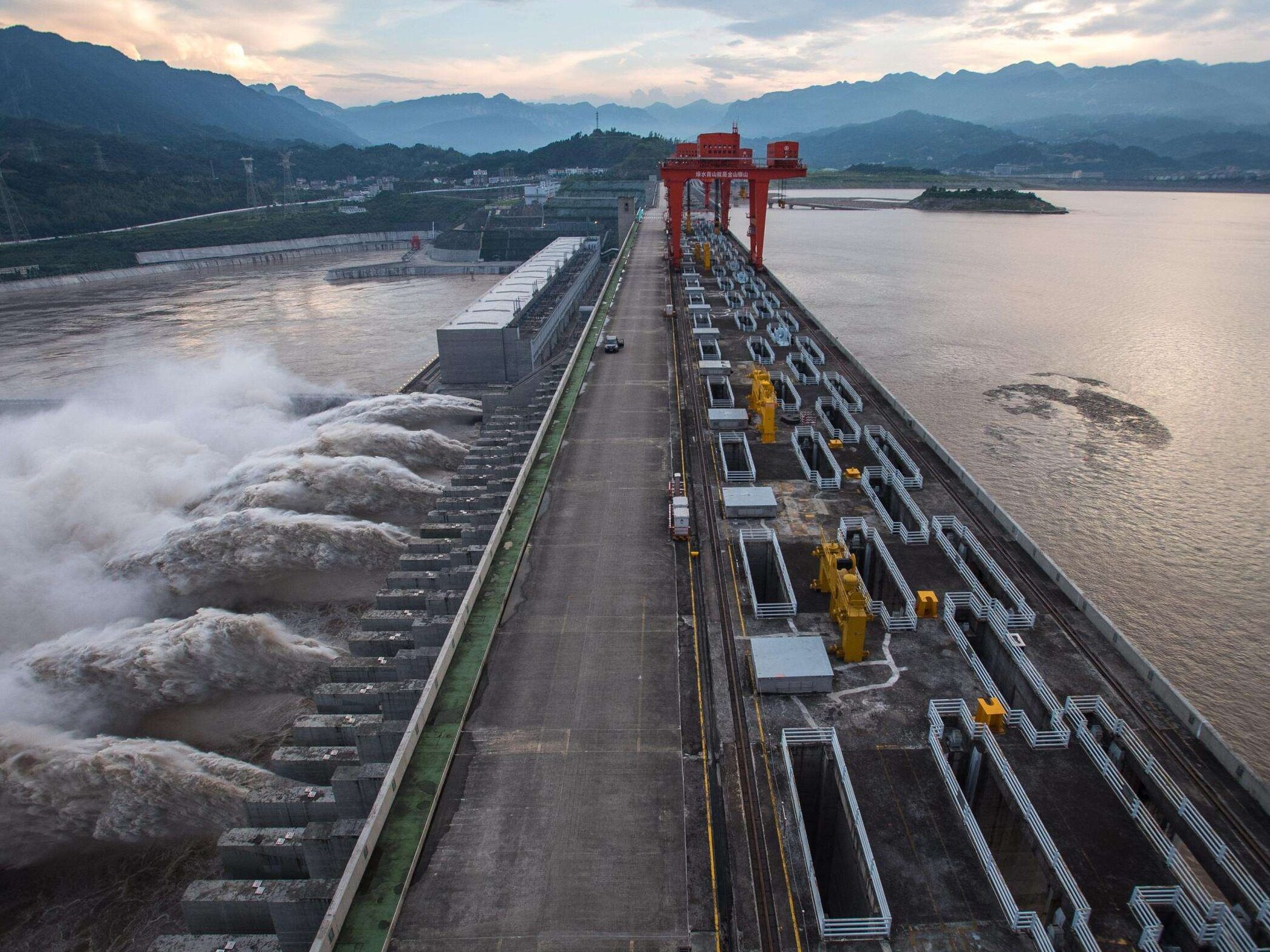
- During the 14th Five-Year Plan period, Gansu Province will promote the construction of major water conservancy projects
The construction of water conservancy projects is related to the most basic living security of the people. In order to promote the economical and intensive use of water resources, improve the water supply network system, enhance the ability of flood control and security, and strengthen the protection and management of water ecology, the General Office of the Provincial Government recently issued the "14th Five-Year Plan for Water Conservancy in Gansu Province". Development Plan", summarizing the achievements and shortcomings of water conservancy construction in Gansu Province during the "Thirteenth Five-Year Plan" period. During the 14th Five-Year Plan period, Gansu Province will continue to deepen the reform in the field of water conservancy, and five major systems of efficient utilization of water resources, safety of water supply, safety of flood control, ecological safety and modern water governance have been initially established. The total water consumption will be controlled within 12.1 billion cubic meters, the water supply capacity will be increased by 500 million cubic meters, and the total reservoir capacity will be increased by 200 million cubic meters.
Build a water network system with four horizontal and one vertical, nine rivers connected, multi-source mutual aid, and overall allocation of water
During the 14th Five-Year Plan period, the province's water conservancy development followed the water security concept of "Western Control, South Protection, East Transfer, and Central Excellence", and constructed "four horizontal and one vertical, nine rivers connected, multi-source mutual assistance, and overall deployment" (four horizontal and one vertical). : Diversion of Dalian into Qin, water supply from Tao, Bailong River, and water supply belt along the Yellow River. One vertical: Recently, it is the extension and efficiency improvement project of diverting Da into Qin. Nine rivers: Shule River, Heihe River, Shiyang River, and the main stream of Yellow River. , Datong River, Tao River, Wei River, Jing River, Bailong River) water network system, to create "one belt, two districts, three sources, ten corridors" (one belt: windbreak and sand-fixation belt in the desert area in the northern part of Hexi Corridor, and two districts: soil erosion on the Loess Plateau District, Hexi water resources overload area, three sources: Gannan upper Yellow River water conservation area, upper Yangtze River water conservation area, Qilian Mountain water conservation area, ten corridors: Shule River, Heihe River, Shiyang River, Datong River, Zhuanglang River, 10 rivers such as the main stream of the Yellow River, Malian River, Wei River, Tao River, and Bailong River are used as ecological corridors) water ecological governance pattern, and promote the construction of a flood control and disaster reduction system that combines points, lines and planes.
In-depth water conservation and water control actions, through the continued construction and modernization of irrigation areas, the modernization of 6 large-scale irrigation areas in Yinda, Jingdian, Jinghui, Yuanyang, Changma and Hongyashan has been carried out. Continued construction and water-saving renovation of 39 medium-sized irrigation districts were started. Focusing on the upgrading and transformation of the irrigation system of the main stream of the Yellow River, build a demonstration belt of modern agricultural high-efficiency water-saving irrigation along the Yellow River irrigation area. Select representative counties and irrigation areas, explore the construction of in-depth water-saving and water-control demonstration areas (pilot), and complete the construction of water-saving societies in 30 counties. Focusing on Lanbai Economic Zone, Guantian Economic Zone, and Longdong Energy Base, vigorously promote advanced water-saving processes and technologies, encourage and support existing traditional heavy chemical and manufacturing enterprises such as petrochemical industry, non-ferrous metallurgy, equipment manufacturing, coal power, etc. Carry out green transformation focusing on energy saving and water saving.
Improve the province's water supply network pattern and flood control and disaster reduction system
We will speed up the construction of major water diversion projects and accelerate the construction of major regional water source projects. Focusing on key areas such as Lanxi urban agglomeration, Guanzhong Plain urban agglomeration, Longdong Energy Base, Yuzhong Ecological Innovation City, etc., formulate the province's flood storage and detention facilities and water source security project plans, and strengthen the coordination with Tao water supply, Bailongjiang water diversion project and other major diversion projects Water and key water source projects should be connected, and a number of regional water source projects should be rationally constructed. Combined with flood disaster resettlement, ecological resettlement, water conservancy project resettlement and other work, improve the water source security system in resettlement areas.
Accelerate the construction of water source projects in prefecture-level cities, promote the joint adjustment and supply of new and old water sources in Lanzhou, Tianshui, Linxia, Dingxi, Jinchang, Wuwei, Baiyin and other cities, and speed up Pingliang, Qingyang, Longnan, Gannan The construction of second water sources and emergency backup water sources in cities such as Guangzhou, Jiayuguan City, Lanzhou New District, etc., will effectively improve the urban emergency water supply capacity. Implement the upgrading and upgrading of rural people's drinking projects, focusing on large-scale development, with the core of ensuring drinking water safety and improving scale effects, and optimizing the rural water supply pattern in the province. Implement "three batches of projects" (that is, expand and optimize a batch of large-scale water supply projects, standardize and upgrade a number of small water supply projects, and renovate a number of old water supply projects and pipe networks). Strengthen the protection of water sources for rural water supply projects with 10,000 tons and 1,000 people or more.
Start the second phase of flood control on the main stream of the Yellow River, consolidate and improve the flood control capacity of the four cities (prefectures) along the main stream of the Yellow River, Gannan Prefecture, Linxia Prefecture, Lanzhou City, and Baiyin City. Promote the management of the main tributaries of rivers with a basin area of more than 3,000 square kilometers and the small and medium-sized rivers with a basin area of 200-3,000 square kilometers, strive to build more than 2,000 kilometers of up-to-standard embankments during the 14th Five-Year Plan period, and complete 30 key torrent channels governance tasks. Implement comprehensive management of flood control in Lanzhou City, east-west flood drainage channels in Lanzhou New District and comprehensive management of water ecology, and improve the flood control and disaster reduction capabilities of Lanzhou City, Tianshui City, Linxia Prefecture and other cities. Optimize the layout of the province's automatic water monitoring station network, upgrade and transform monitoring stations, and expand the coverage of early warning information.
Promote the protection and governance of water ecology and build a modern water governance system
During the 14th Five-Year Plan period, the delineation of the coastline management scope of rivers with a drainage area of more than 1,000 square kilometers and lakes with a water area of more than 1 square kilometers was completed. Completion of 16 provincial-level rivers, 118 city-county-level rivers and 3 lake shoreline utilization plans. Completed the determination of the ecological flow of 10 key inter-provincial rivers, and monitored the ecological flow of 8 rivers including Xiying River, Zhuanglang River and Daxia River. Cooperate with the protection of the Qilian Mountains, the conservation of water sources in the Gannan Plateau, and the management of the source area of the Weihe River, start the comprehensive management of the Shiyang River Basin in a timely manner, and promote the comprehensive management of the Weihe River and other watersheds. Strive to implement ecological restoration and management of key river sections such as Zuli River, Zhuanglang River and Wanchuan River. 102 loess plateau surfaces were constructed with solid ditches to protect plateaus, and the construction of green corridors for soil and water conservation in Malian River and Hulu River was promoted. 280 large-scale check dams, 111 small and medium-sized check dams were built, 60 check dams were reinforced to eliminate dangers, and 1.238 million mu of terraced fields were newly built.
Relying on smart water conservancy construction, improve the river and lake chief information platform in Gansu Province, and promote the full use of satellite remote sensing, video surveillance, drones and other technical means to strengthen river and lake supervision. Build a dynamic monitoring platform for soil and water loss, and build a number of monitoring sites for soil and water conservation. Build a rural drinking water safety engineering management and protection center, and improve the province's engineering safety supervision platform for reservoirs (power stations), pumping stations, sluices, and irrigation areas. Establish an account database for potential risks of water conservancy projects, and implement the improvement and construction of a decision support system for flood and drought disaster prevention. In key areas, river sections, and water conservancy projects, technologies such as sensing, positioning, video, and remote sensing are used to promote the pilot construction of 5G services. Keywords: infrastructure, infrastructure construction, domestic engineering news, planning and investment
In the end, the total water consumption during the 14th Five-Year Plan period will be controlled within 12.1 billion cubic meters, of which the total economic and social water consumption will be controlled within 11.7 billion cubic meters. %, 10%. More than 80% of the county-level water-saving social construction has reached the standard. The modernization of the irrigation area was carried out in depth, and the effective utilization coefficient of farmland irrigation water reached 0.59. The new water supply capacity will be 500 million cubic meters, the total storage capacity of the new reservoir will be 200 million cubic meters, and the urban water supply guarantee rate and emergency water supply capacity will be further improved. All prefecture-level cities will build second water sources or emergency backup water sources, and county-level cities will build emergency backup water sources. rate of more than 55%. Rural tap water penetration rate reached 91%. The modernization of 6 large-scale irrigation areas was completed, and the supporting facilities and water-saving renovation of 2 million mu medium-sized irrigation areas were implemented. The effective irrigation area of farmland reached 20.4 million mu. The compliance rate of river embankments of grades 1 to 5 has reached 88%, and the loss rate of flood and drought disasters has dropped to less than 12‰. The basic ecological flow rate of key rivers and lakes has reached more than 90%, and the soil and water conservation rate has reached 61.34%. Editor / Xu Shengpeng
Comment
 Praise
Praise
 Collect
Collect
 Comment
Comment
 Search
Search


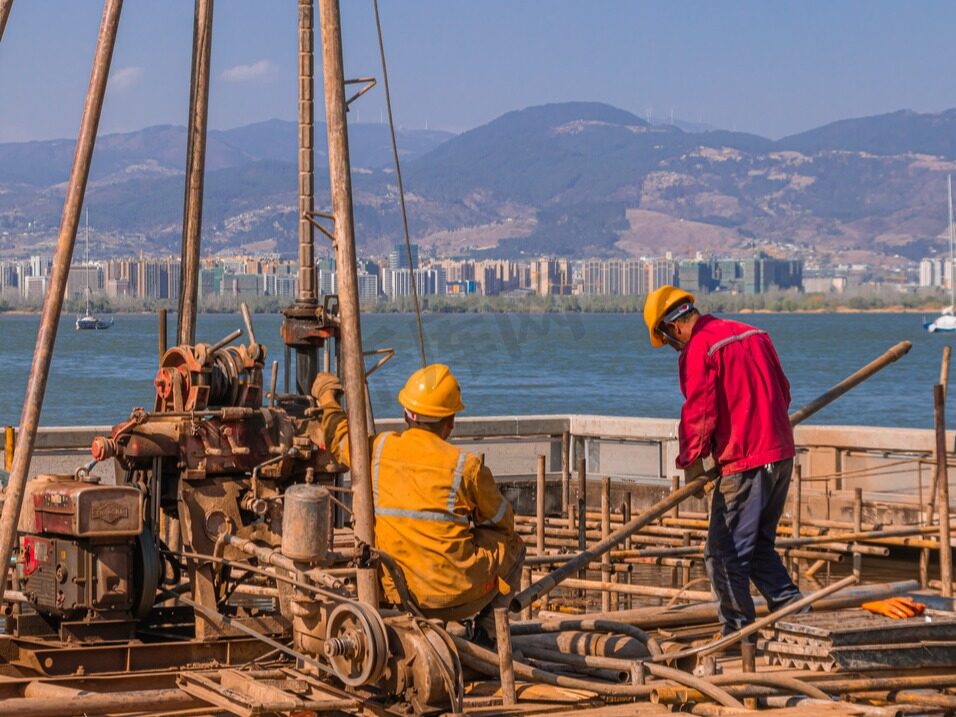
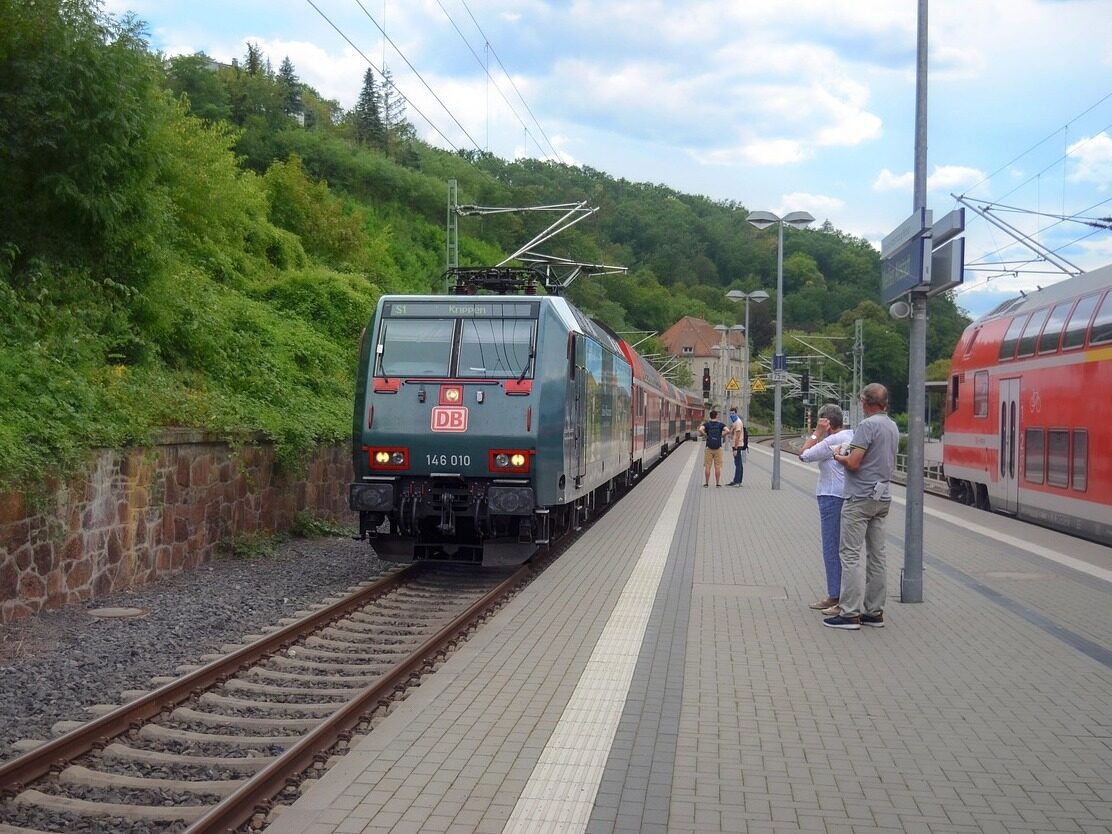


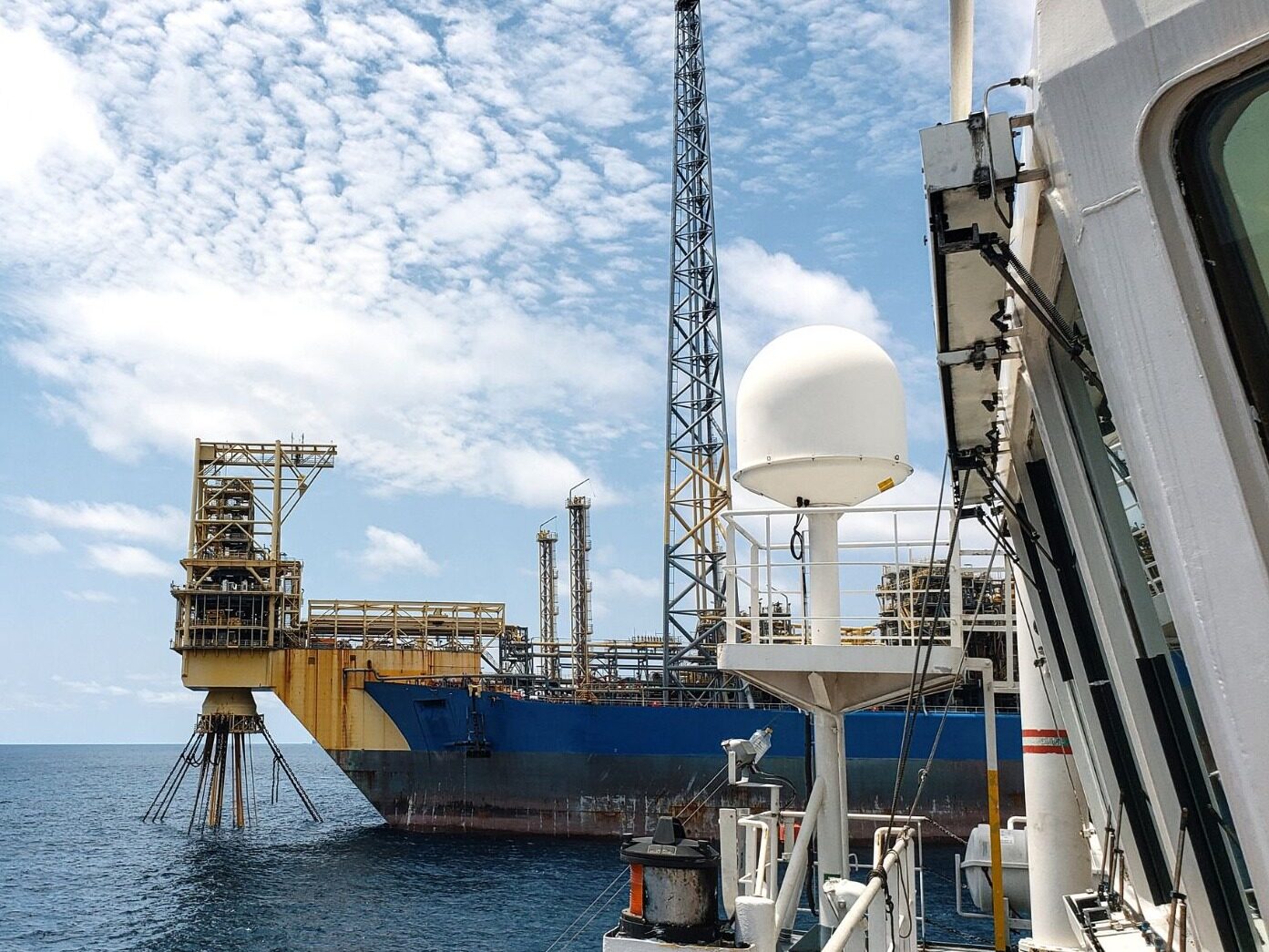
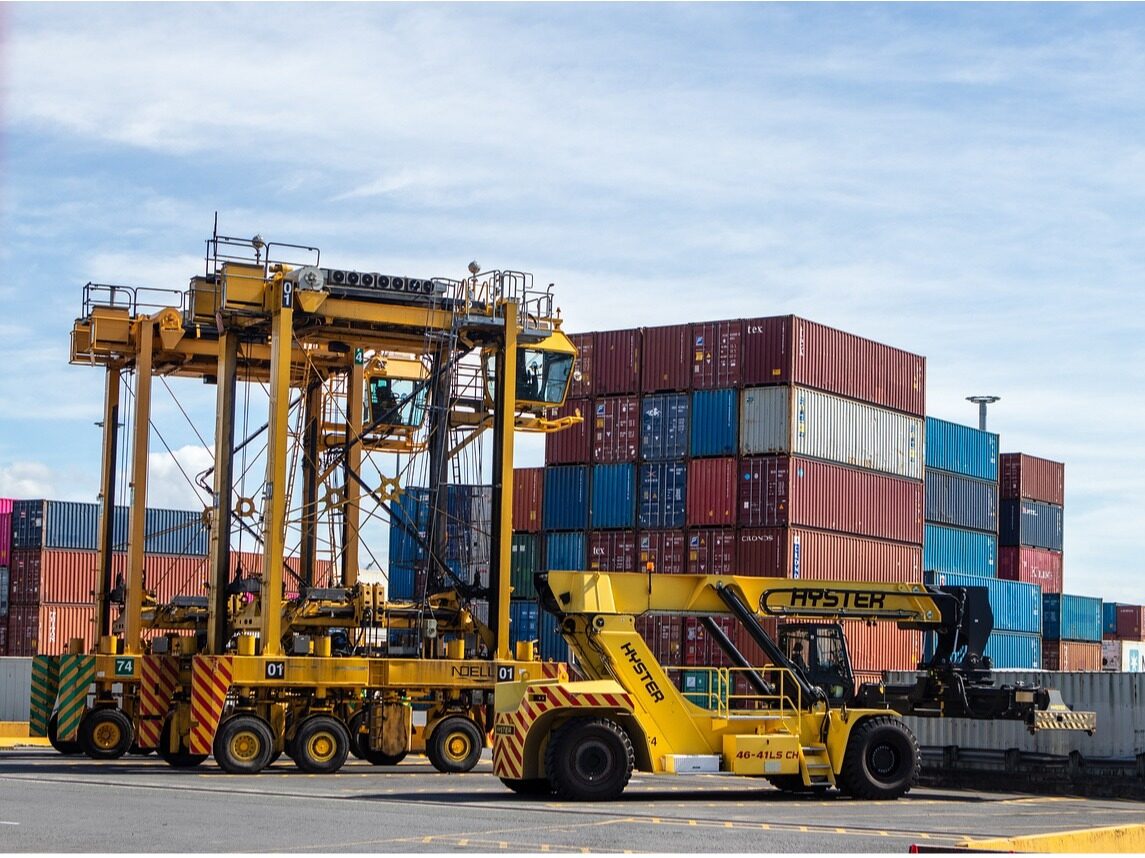






Write something~